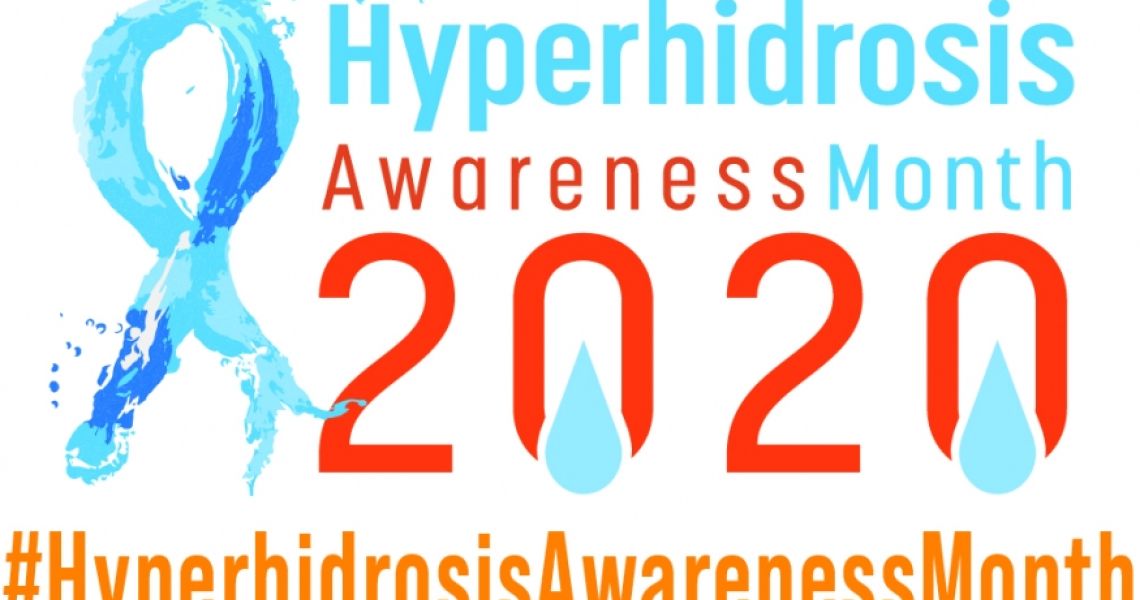Hyperhidrosis (excessive sweating or Hh):
- Affects 4.8% of the population and 8.8% of people aged 18-39 years. [1]
- Is more common than autism [2], melanoma [3], psoriasis [4], and peanut allergies. [5]
And:
- 55% of hyperhidrosis sufferers say their condition started at or before the age of 10 years. [6]
- Most hyperhidrosis sufferers avoid public view, handshakes and other forms of touch. [7]
- Anxiety, depression [8] and attention deficit disorder [9] are much more common among hyperhidrosis sufferers. So are skin infections. [10]
- And, importantly, there are two types of hyperhidrosis: primary Hh and secondary Hh. Knowing the difference is vital to sufferers' health and treatment journey.
Unfortunately, 95% of hyperhidrosis sufferers say their Hh is not resolved. [6]
Whether it's children at play, in sports, music, or art; teens struggling to feel accepted and self-actualize; or adults at work and in relationships -- the hurdles (physical, functional, social, and emotional) presented by hyperhidrosis are difficult or impossible to surmount without understanding from the medical community and communities at large.
To learn more about Hyperhidrosis, patients and families should visit: https://www.sweathelp.org/
Medical professional should visit: https://www.sweathelp.org/medical-professional-resources.html
_______
References
1. Doolittle J, Walker P, Mills T, et al. Hyperhidrosis: an update on prevalence and severity in the United States. Arch Dermatol Res doi: 10.1007/s00403-016-1697-9. Published online October 15, 2016.
2. Autism Spectrum Disorder (ASD) Data & Statistics. Centers for Disease Control and Prevention website. https://www.cdc.gov/ncbddd/autism/data.html. Feb. 12, 2018. Accessed April 19, 2018.
3. Key statistics for melanoma skin cancer. American Cancer Society website. https://www.cancer.org/cancer/ melanoma-skin-cancer/about/key-statistics.html. Jan. 4, 2018. Accessed April 18, 2018.
4. How common is psoriasis worldwide? NEJM Journal Watch website. https://www.jwatch.org/ jd201211090000002/2012/11/09/how-common-psoriasis-worldwide. Nov. 9, 2012. Accessed April 18, 2018.
5. Food allergy facts and statistics. Food Allergy Research & Education website. https://www.foodallergy.org/ sites/default/files/migrated-files/file/facts-stats.pdf. Accessed April 18, 2018.
6. Hebert AA, Glaser DA, Ballard AM, Pieretti LJ, Pariser DM. Voice of the hyperhidrosis patient: symptoms, impacts and treatments. Insights from large, open, FDA-attended meeting. Poster presented at the 77th Annual Meeting of the American Academy of Dermatology; March 1-5, 2019; Washington, DC.
7. Kamudoni P, Mueller B, Halford J, Schouveller A, Stacey B, Salek MS. The impact of hyperhidrosis on patients' daily life and quality of life: a qualitative investigation. Health and Quality of Life Outcomes. 2017 15:121.
8. Bahar R, Zhou P, Liu Y, Huang Y, Phillips A, Lee T, et al. The prevalence of anxiety and depression in patients with or without hyperhidrosis. J Am Acad Dermatol 75:6 (2016): 1126-1133
9. Glaser EN, Armbrecht ES, King R, Glaser DA. Prevalence of anxiety, depression and attention deficit disorder (ADD) in patients with primary hyperhidrosis. Poster presented at the 77th Annual Meeting of the American Academy of Dermatology; March 1-5, 2019; Washington, DC.
10. Walling HW. Primary hyperhidrosis increases the risk of cutaneous infection: a case-control study of 387 patients. J Am Acad Dermatol doi: 10.1016/j.jaad.2009.02.038
